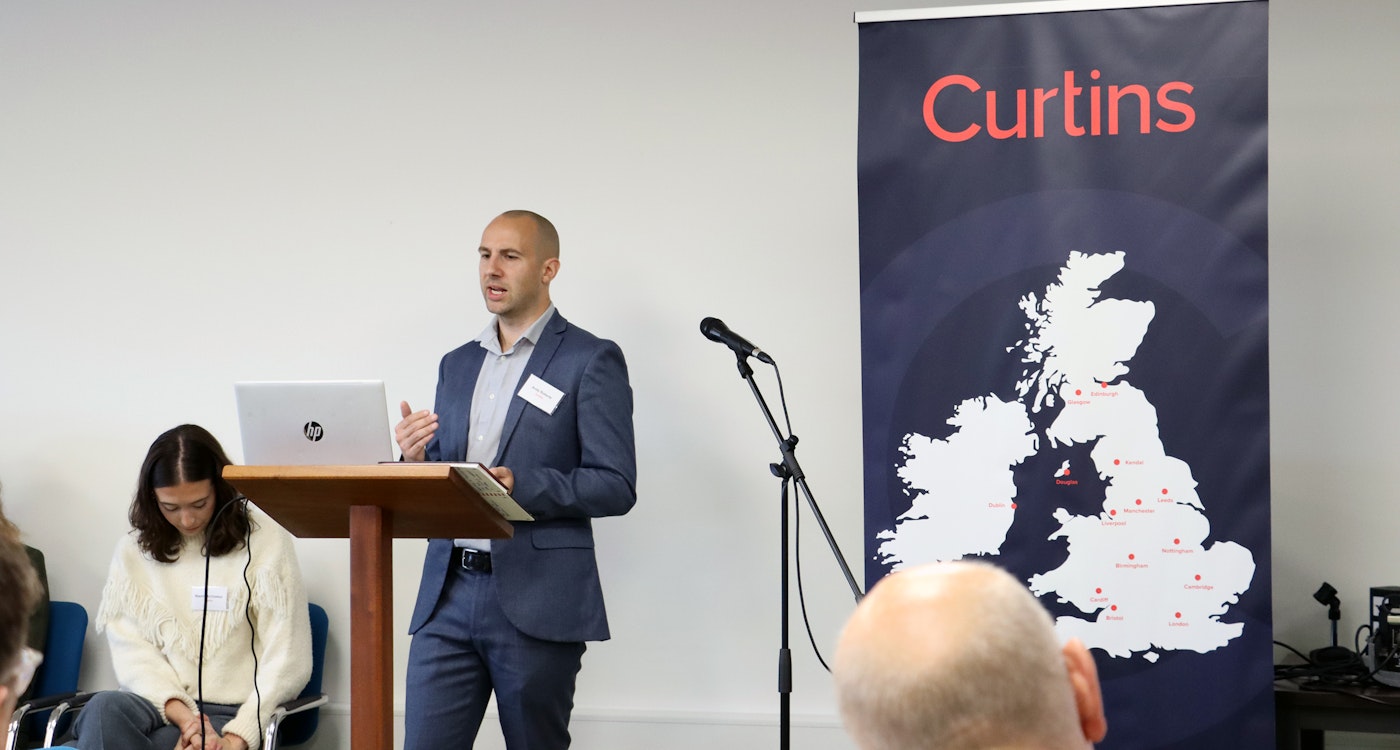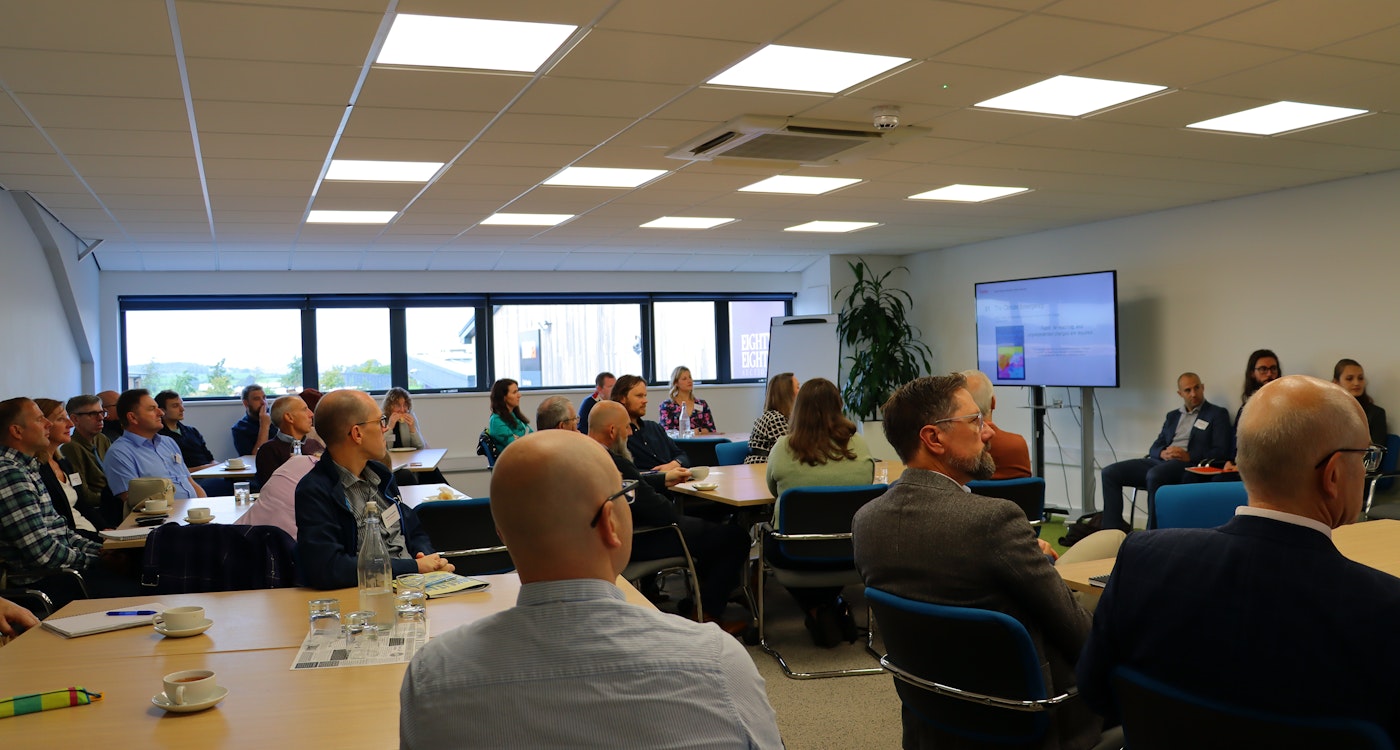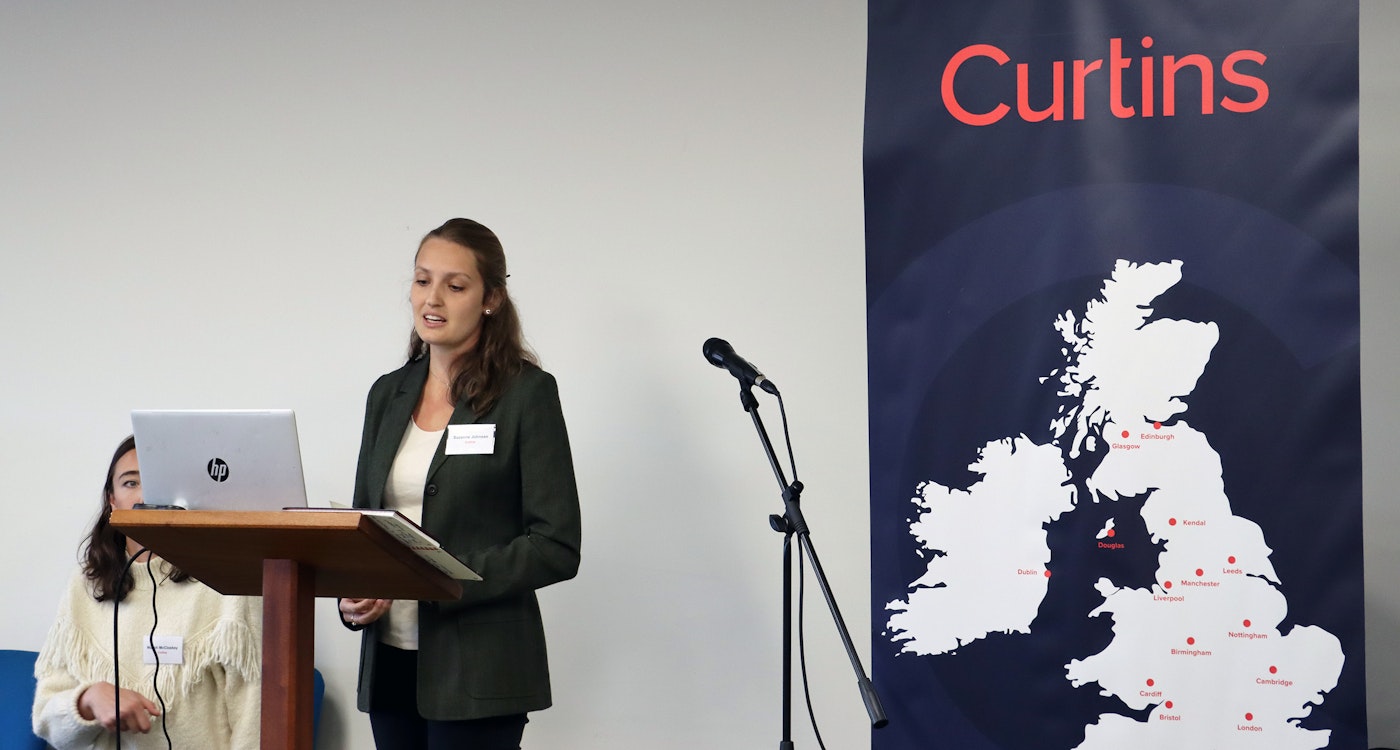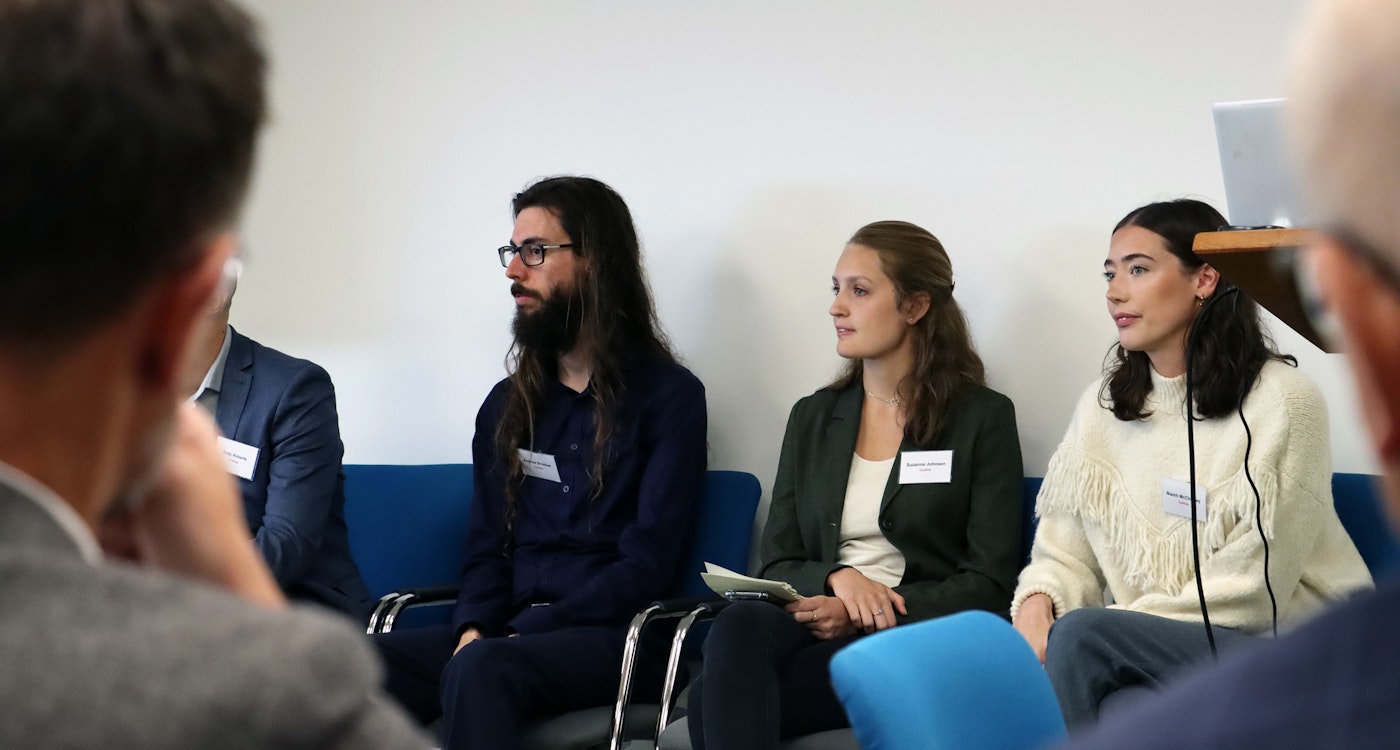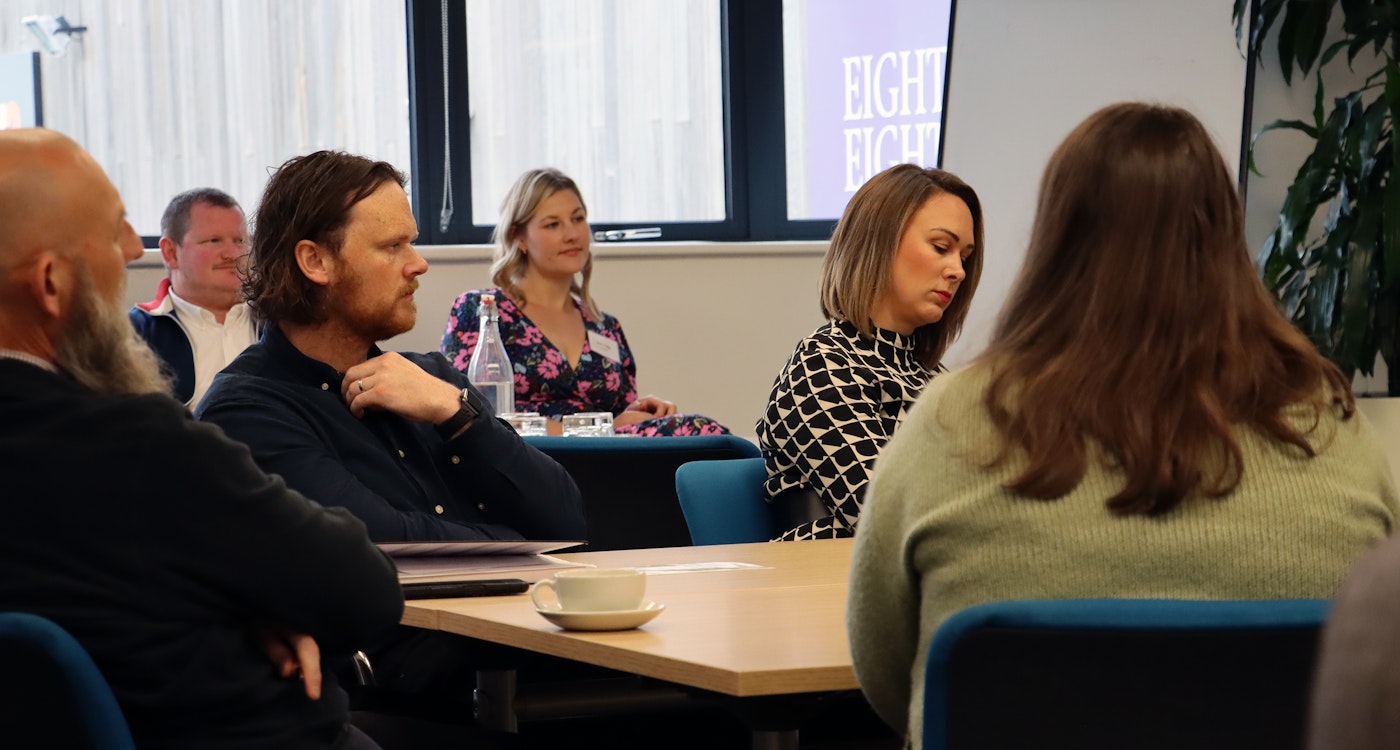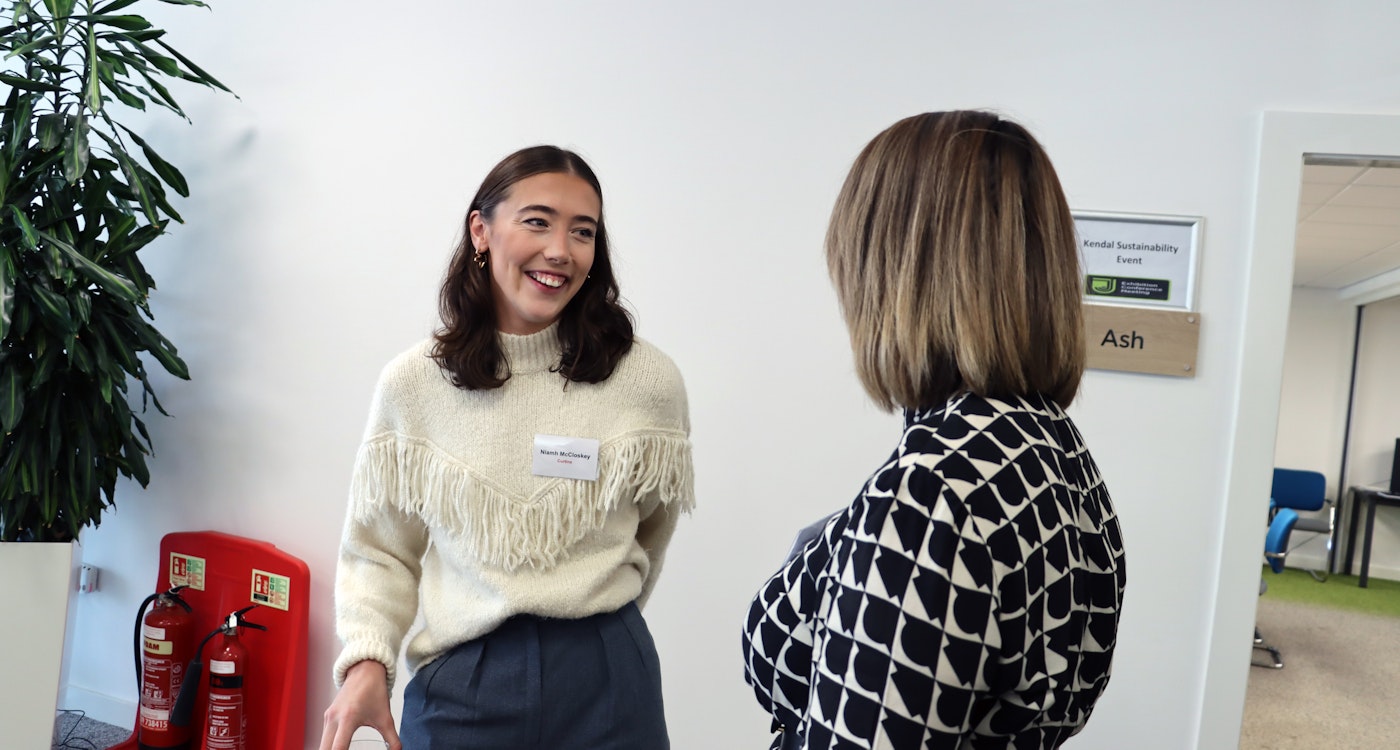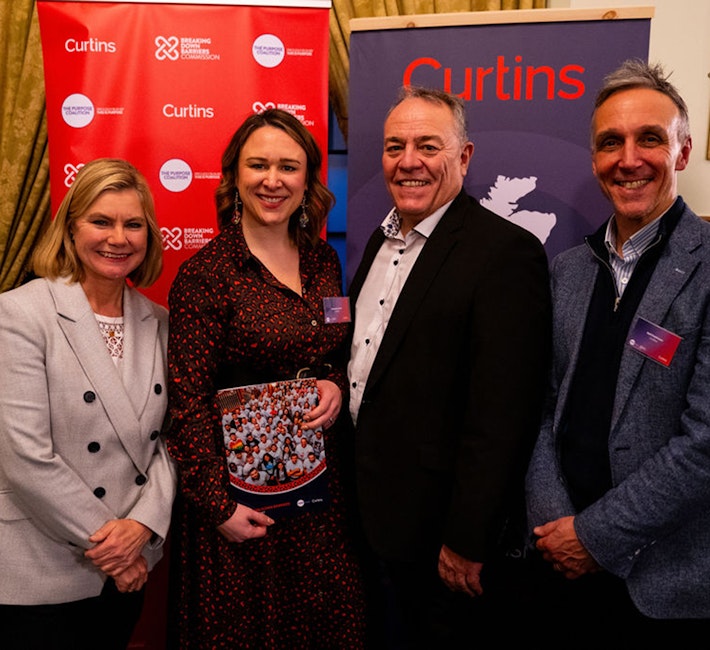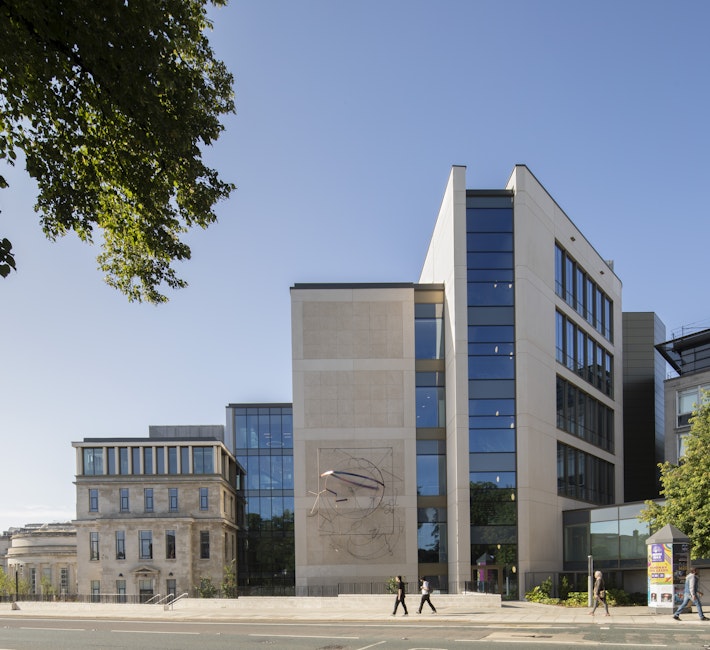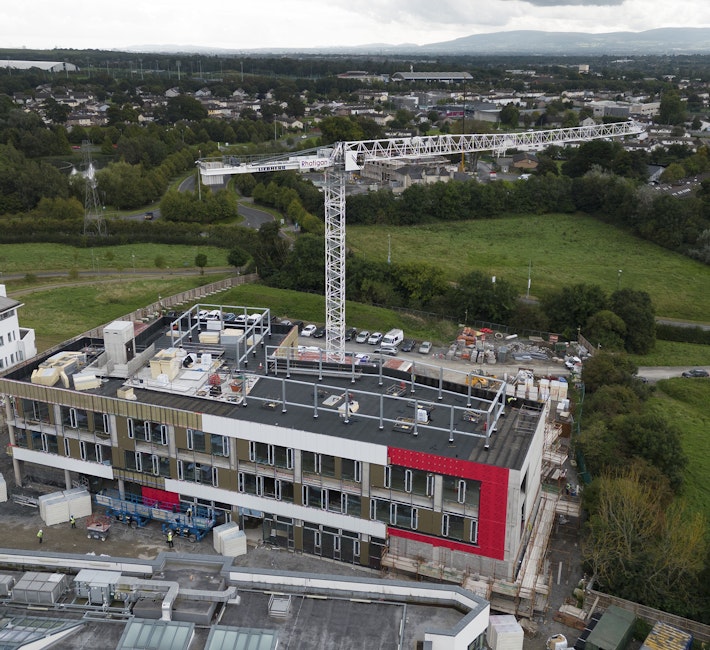- Home
- News & Views
- Curtins leads the discussion on Embodied Carbon in Cumbria
Yesterday, we hosted our event on the Delivery of Carbon Reduction at the J36 Exhibition Centre, just outside Kendal.
We were delighted to be joined by close local colleagues and clients, who really contributed to the uniqueness and buzz of this in-person event.
One of our key goals was to not only demonstrate “the problem” of embodied carbon within construction projects, but how we can proactively help to reduce the carbon impact of these schemes. As Civil and Structural Engineers we can provide better solutions for clients in terms of carbon and cost through smart engineering, data analysis and collaboration. Over an hour, these solutions were discussed from a Civil, Structural and Conservation Engineering perspective.
Niamh McCloskey, Sustainability Co-ordinator, kicked off the session with a reminder of the current direction of travel for carbon emissions. It’s not a good picture. For a number of years, Curtins have been focused on recording the carbon footprint of our projects to create a benchmarking database that shows the carbon footprint of different types of structure and development. It’s a powerful tool that is enabling us to advise clients on design solutions that will achieve their carbon targets.
I was up next with a technical overview on on how optimising and standardising structural grids can provide a reduction in embodied carbon. Looking at different forms of material for frames and floors, there are some surprising outcomes when you look at a design holistically!
The overall message is that reduced carbon in new build construction is a result of lean, efficient and intelligent design - AKA “use less stuff”.
I was proud to have seen the confidence in which my team presented. Andy Brookes and Suzanne work day-to-day on our projects, but their passionate delivery was great to see, and testament to their knowledge of their respective disciplines and focus on achieving more sustainable outcomes.
Andy Brookes followed with a Civil Engineers perspective on the wider lack of legislation and the carbon footprint of a variety of civil engineering products and paving systems. Although civil elements generally comprise a smaller proportion of a building’s embodied carbon, we need to look at marginal gains in all areas to achieve Curtins’ (and our client’s) embodied carbon targets, and civil engineering has plenty of scope for reduction. SuDS may well be the answer - Sustainable Drainage can treat both the causes and symptoms of climate change, and Andy rounded off his section with the positive impact of adopting these systems.
Finally, Suzanne Johnsen spoke passionately on re-using existing buildings and why this should be prioritised. She highlighted the requirement for early surveys to maximise opportunity and reduce risk on retrofit projects, and the imperative need to conserve our industrial and architectural heritage, whilst also significantly reducing the carbon footprint of a development. The continual maintenance of existing buildings is key to tracking from a vicious cycle of building decline to a virtuous cycle of reuse. By reusing our existing buildings – tweaking them as needed and maintaining them from damp and decline – it is possible to achieve the most sustainable outcomes.
The concluding panel discussion brought up relevant discussion points that felt engaging and hopeful, with some clear steer towards the future. I think it was agreed in the room that we (as an industry) cannot wait for the benchmarking accuracy and legislation to be ready before we start making a difference by reducing the carbon we are designing with.
Hopefully those who joined it found it to be an inspiring morning. We would be pleased to discuss any of these topics in more detail with any of our industry colleagues – please just drop me an email to arrange (andy.roberts@curtins.com). For anyone that wasn’t able to make it, we are already planning our next event!


